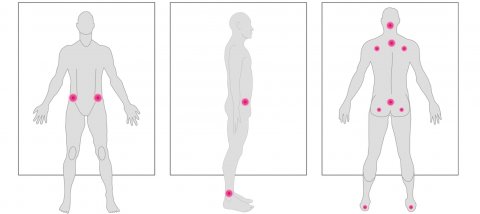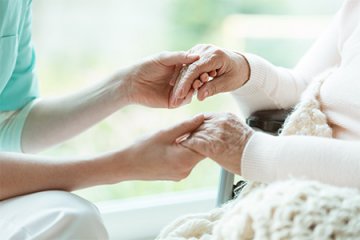Bedwetting - what can it mean?
Nocturnal enuresis, commonly known as bedwetting, is when a child that can control their bladder during the day experiences involuntary urination while asleep.
More15.09.2020
Bedsore is a skin condition arising from the exposure to the following factors:
Sweat
Urine
Wound exudation
What promotes bedsore development?

Bedsores are rated in 5 stages, depending on the stage of development
Stage 1 – redness that fades after eliminating pressure. There is no skin damage.
Stage 2 – redness which does not fade after relieving pressure. This stage involves surface swelling, skin erosion, and possible painful epidermis injury.
Stage 3 – deep skin damage reaching the dermis (deeper skins structure). This stage involves visible swelling and rash. The bottom of the wound may be covered with dissolving tissue (yellow mass) or red granulation.
Stage 4 – the damage reaches down to the bone. Skin necrosis occurs and dead tissue is present. The bottom of the wound may be filled with black necrotic tissue.
Stage 5 – this is the most advanced stage. Necrosis reaches down to the muscles and may lead to sepsis.
As a result, they do not develop bedsores. Bedsore development is common among people with limited mobility and can be considerably reduced by following the rules of bedsore preventive treatment.
Skin redness that is not subsiding after relieving pressure, blisters developing in the area, a damaged epidermis – these are all symptoms that should alert the carer. Constant skin observation is a crucial element of bedsore prevention.
Remember the sooner you start to employ proper action, the quicker and more effective the treatment will be. Bedsores – and all incontinence-related skin problems – are easier to prevent than cure.
You can find more information on proper skin care here. Get to know the practical advice for carers looking after their loved ones.

Nocturnal enuresis, commonly known as bedwetting, is when a child that can control their bladder during the day experiences involuntary urination while asleep.
More
Looking after an ill person requires a lot of energy, especially if they are immobile or bedridden.
MoreA well-chosen product means both the patient's comfort and less risk of serious pressure sores, as well as less work for the caregiver. Choose a product with our help.
Choose productChoosing the right product is very important.
That is why, we created a simple tool called "Diagnostics".